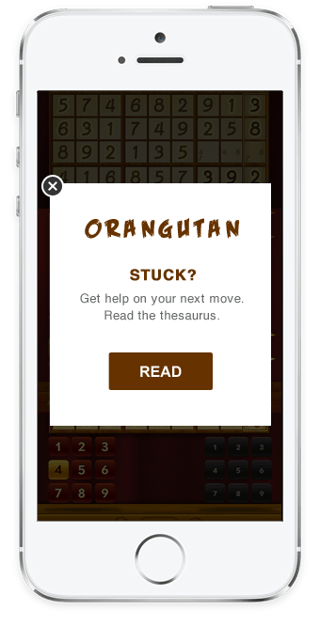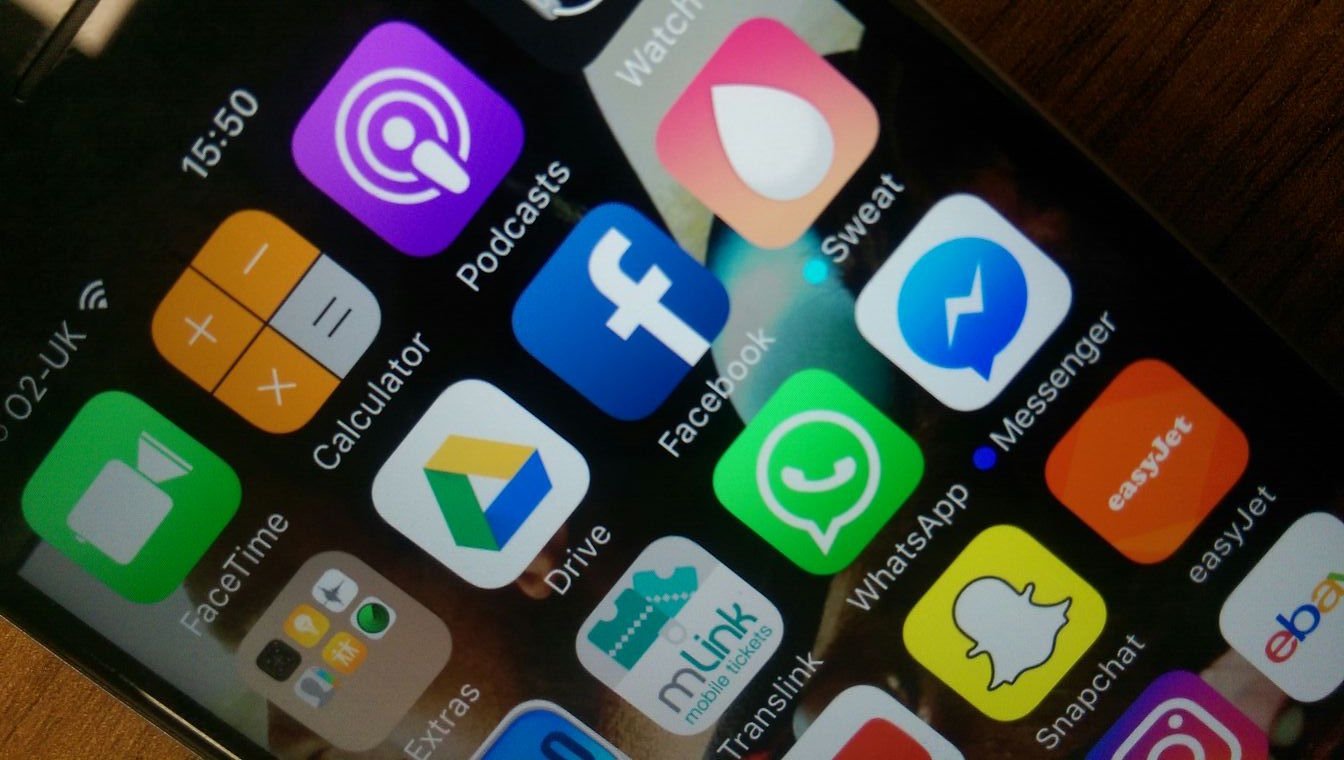5 Tips For a Successful Multichannel Marketing Plan
For the app marketer, push notifications are the most important and most effective channel for engaging with your app users. Once a user opts in you have access to directly communicate with your user 24/7 and encourage them to return to your app time and time again. However, with thousands of new apps being uploaded onto all the different app stores every day, the number of apps each person has downloaded is increasing. Our phones are becoming cluttered with irrelevant, un-targeted and untimely push messages making it more and more difficult to capture your user's attention using just push alone.
Enter a multi channel marketing plan.
Multi-channel marketing has been defined by Hubspot as communicating with and marketing to prospects and customers across many channels, including online and offline. So instead of running a single start-and-stop campaign using just one communication channel like push notifications, marketers are making use of the many different channels used by their users at once. Successful multi-channel marketers are those who can identify the channels their target users are using and understand how they move from one channel to another to create the best possible experience.
What Are The Benefits of Multichannel Marketing?
- Target users who have opted out. 69% of users choose to opt out of receiving push notifications. You simply can’t let such a large % of users go without any form of communication. So having a multichannel marketing method will ensure these customers are still reached out to.
- Avoid looking spammy. If a user didn’t take the action you wanted them to take from a push notification first time round, chances are, they won’t take it when you decide to resend the same push notification either. However, if you wanted to try using a different channel to say the same thing then it will come across as less spammy and may be more effective.
- More room for content. Push notifications are great for grabbing a user’s attention but they can’t hold a huge amount of content, can they? With the likes of email marketing, you can provide your users with much more rich, tailored content.
What Are The Channels Available?
There are so many different channels you can use to communicate with your app user but let’s just focus on the most relevant ones, that can go hand in hand with your current push notification strategy.
- In-App Messages
This channel has quite a similar approach to push notifications but is different due to the fact these messages can only be displayed when a user is actually in the app itself and is often triggered based on a user’s actions in the app. Whilst they don’t allow the ability to communicate with your user outside the app, they definitely come across as less invasive to the user than push and don’t require the opt-in to be shown. Although this is not a feature that should be used for marketing purposes. They should feel like a natural part of the app and be used to enhance the user experience by driving feature discovery, to encourage and reward as well as to deliver promotional in-app purchases at the optimal time. With in-app messages, you can drive your audience to any part of your app thanks to its ability to add protocol URLs.

- Email Marketing
As a techy kind of person who owns or works for an app, you may think email is gone and dead. But email is a lot more powerful than you may think. In fact, according to Pew Research, 92% of online adults use email, with 61% using it on an average day and is 40 times more effective at acquiring new customers than your more modern social platforms, Facebook and Twitter. If you collect email addresses from your app users then this is an easy way to reach out to them effectively and is especially good for re-engaging users who have opted out. Emails allow for much richer content such as a lot more text, images and videos to be shared in comparison to push. Also, when unlocking their mobile a user may actually completely miss your push notification as they disappear as soon as they are swiped. In fact, you’ve probably experienced it yourself! Whereas an email can be kept for as long as a contact wishes and accessed at any time, making it perfect for longer-form content such as a monthly summary of a person’s in-app activity.
- Social Media Marketing
Although communicating with your app users on social media is not exactly scalable, nor are you able to segment your followers and target them individually with relevant content, it is still a very important part of the broader picture. Showing your app users that you are active and have a presence online gives you some credibility. It’s also extremely useful to respond to any complaints or other comments that happen outside of the app and allows your user to engage with you in a 1 to 1 dialogue.
How To Be Successful With a Multi Channel Campaign
It is not enough to just be present and make use of the different channels. No no no. There are certain measures that need to be considered to give your multi-channel marketing the biggest chance for success.
1. CRM Software
A CRM software that allows you to view all your data from each of your different channels in the one place is the absolute number one key to success. This allows you to have a comprehensive user profile for each of your customers to view in the one place. You can see how often they are using your app, what sort of content they like best and what marketing channel they are most likely to engage with. You can then use this information to tailor your marketing efforts towards that user, helping to personalise their experience and build long-lasting, meaningful relationships in the process.
2. Have a clear goal
Every campaign has a different goal. It could be to gather leads or increase engagement, re-engage lapsed users or to re-engage users who’ve opted out, increase downloads or increase in-app purchases. Whatever it may be you have to have a clear understanding of your goals so you can plan every part of the campaign to help you best meet them.
3. Know your audience
Use your CRM to create personas of your ideal customer, what their needs and wants are and what communication channel and types of content appeal to them. Do a bit of research using either previous campaigns, customer feedback or demographic information to build a clear image of your target market. The more relevant and targeted a message is to a user, the more likely they are to engage with it.
4. Be consistent
Consistency is vital when it comes to carrying out a successful multi-channel campaign. Each channel you use should offer your user a consistent experience across each of them in terms of messaging, the tone of voice, branding and value. Of course, this will vary slightly due to the fact that you can say a whole lot more in an email in comparison to a tweet. But the whole essence of the message should remain the same.
5. Measure success
With multiple channels in play, it is vital to continually measure results carefully throughout the duration of the campaign. Using the analytics gathered from your CRM you can be informed as to which channels were most effective, which channels need more work and which channels are just wasted effort and can be completely taken out of the equation.
Planning a successful multi channel marketing plan takes time and effort. However, a CRM and marketing automation platform that is tailored to your specific needs is always a good place to start your marketing strategy.
If you have any questions feel free to get in touch with me directly via emma@hurree.co, and if you found this blog helpful you may also benefit from downloading our Dummies Guide to App Marketing.
Share this
You May Also Like
These Related Stories

How Can Marketing With Emojis Improve Mobile Relationships? 🤔

How to Use Social Media for App Marketing Strategies


